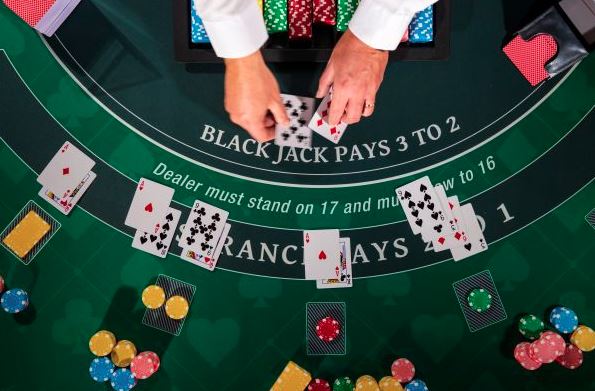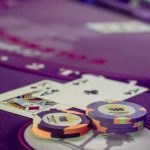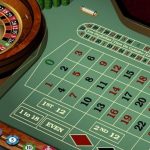The Art of Observation in Blackjack: Spotting Tells and Patterns
The art of observation in blackjack is a crucial skill for players looking to improve their performance at the tables. While blackjack is largely a game of chance, being able to identify patterns, tells, and tendencies can provide players with an edge over both the dealer and other players. Here are some strategies on how to sharpen your observational skills in blackjack:
The Art of Observation in Blackjack: Spotting Tells and Patterns
- Understanding Basic Strategy
Before delving into observation techniques, ensure you have a solid grasp of basic blackjack strategy. This includes knowing when to hit, stand, double down, or split based on your hand and the dealer’s upcard. Familiarity with strategy will allow you to focus on observational aspects rather than getting bogged down by decision-making.
- Observing Player Behavior
Players at the table often exhibit consistent behaviors based on their emotions, confidence levels, or game experiences. Pay attention to the following cues:
– Betting Patterns: Notice how players adjust their bets based on the outcome of recent hands. Some players might increase their bets after winning, while others may lower their bets after losses. Identifying these patterns can help you predict their next moves.
– Body Language: Watch for changes in posture or facial expressions. Players who are feeling anxious might display nervous habits, such as fidgeting or avoiding eye contact. Confident players may exhibit more relaxed body language.
– Comments and Conversations: Listen to what players are saying. Some may share their thoughts on the game, revealing their strategies or thought processes. Others might express frustration or excitement, which can give you insight into their mindset.
- Analyzing Dealer Habits
Dealers also display behaviors that can be telling. Take note of the following:
– Card Dealing Style: Observe how the dealer shuffles and deals the cards. Some dealers are more predictable in their dealing style, while others might have slight variations. Knowing this can help you identify potential trends in card distribution.
– Responses to Winning Hands: How does the dealer react to big wins at the table? Their attitude can sometimes influence the overall game atmosphere. A dealer who appears rattled by large bets or wins might inadvertently change their dealing or game patterns.
– Rules Interactions: Familiarize yourself with the specific house rules of the casino. Different casinos may have variations in rules, and dealers might adhere closely to those. Knowing the subtle differences can inform your strategies.
- Tracking Card Patterns
While blackjack is not a game like poker that relies heavily on tells, you can still observe card patterns:
– Card Counting: While it requires practice and can be controversial in casinos, card counting helps players keep track of high and low cards that have been dealt. This method can give you an idea of the remaining cards in the deck and whether you have an advantage. Be discreet, as casinos may disallow card counters.
– Notice Streaks: Keep an eye on trends or streaks in wins and losses for both yourself and other players. Some players may continue hitting when they should stand, affecting their card distributions and outcomes.
- Practicing Mindfulness
Being mindful helps enhance your observation skills. Practice being present in the moment, paying attention to the game dynamics without becoming overly distracted by external factors. This focus can significantly improve your ability to spot tells and adapt your gameplay accordingly.
- Engaging with Other Players
Engaging with other players can provide insights not only into their strategies but also into how you can adapt your playstyle. Friendly conversations can encourage players to reveal their thoughts and reasoning behind their actions.
- Reflecting on Your Own Game
Self-observation is just as important as observing others. Take note of your betting patterns, emotional responses, and decision-making tendencies. Understanding your behaviors can prevent you from becoming predictable and help you adapt as needed.
Conclusion
The art of observation in blackjack is a multifaceted skill that combines understanding player and dealer behaviors, tracking patterns, and practicing mindfulness. By honing your ability to observe and adapt, you can enhance your gameplay and make more informed decisions at the blackjack table. Remember, while observations can inform your strategy, the inherent nature of the game means there will always be an element of chance involved.



